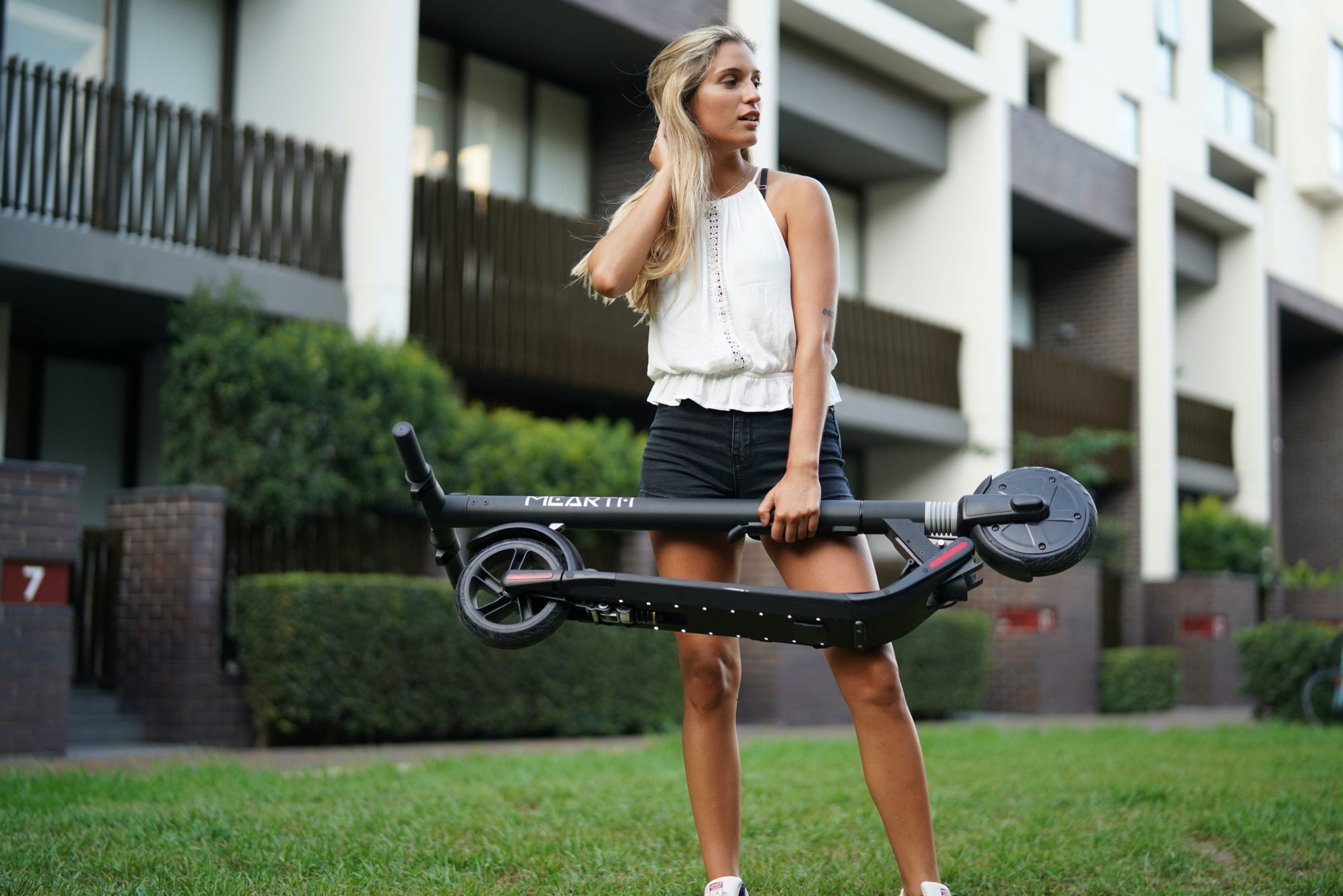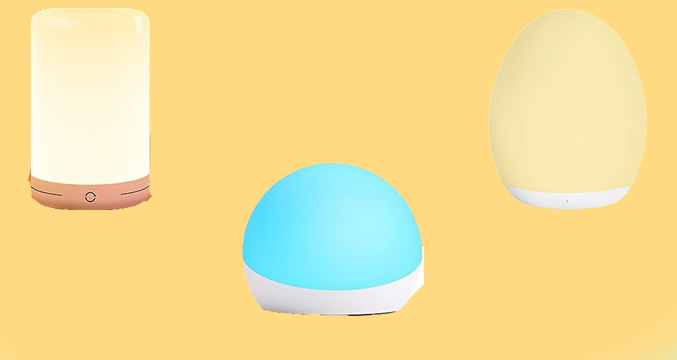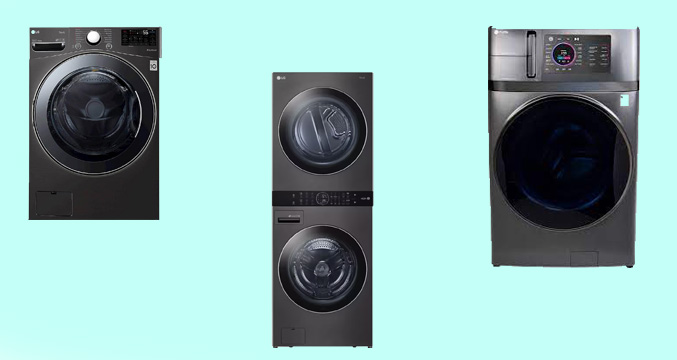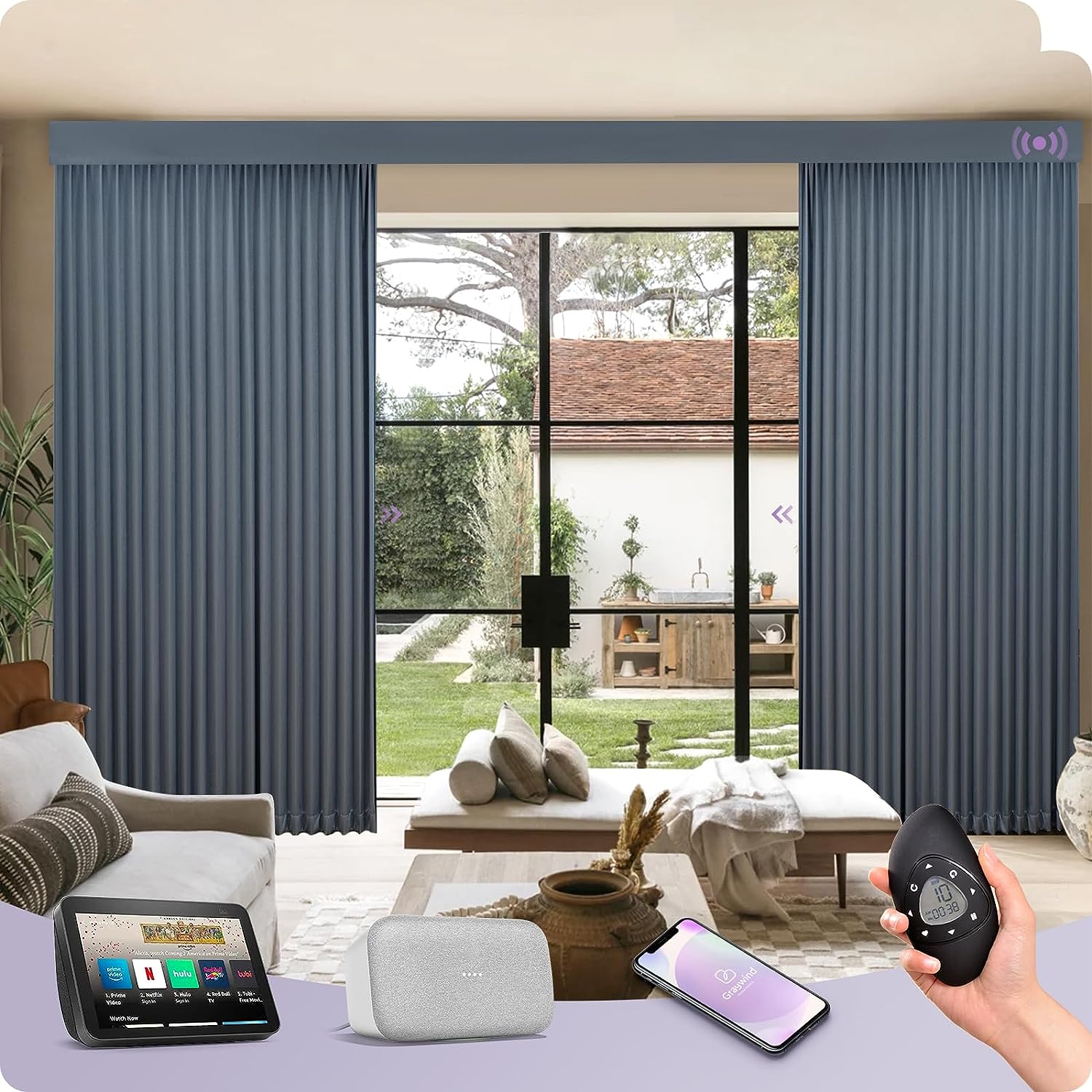The thought of buying a scooter may have crossed your mind once or twice since the age of the pandemic. You may be asking yourself questions like, should I buy a scooter? What kind of scooter should I buy? What should I look for when buying a scooter? It’s true that a scooter is perfect for getting around, getting in a bit of exercise, saving on gas plus it’s more compact than a bicycle. But with so many different kinds of scooters out there, it might get overwhelming when trying to decide which one is the best fit for you.
We’re here to help with this comprehensive scooter buying guide, answering your most pressing questions on what to look for when buying a scooter.
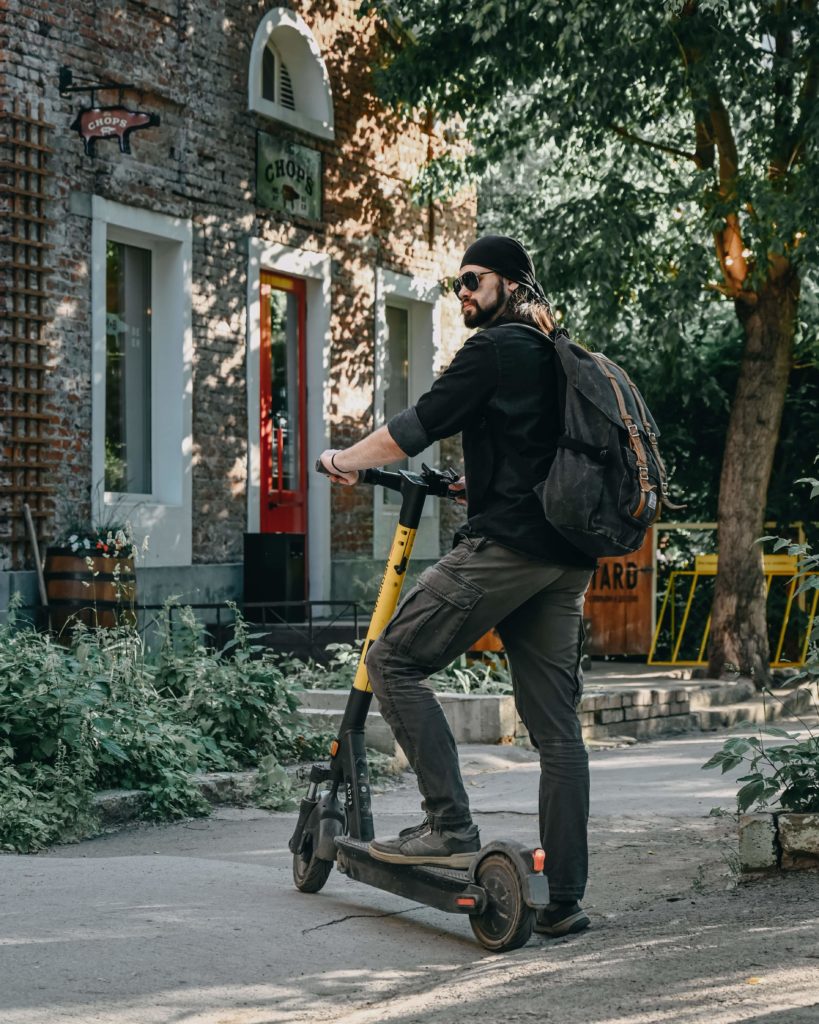
What Kind Of Kick Scooters Are There?
Likely, the first thing that comes to your mind when you picture the word “scooter” is a Kick Scooter. These are what you’d call your more traditional scooter, though it goes by many names, Kick Scooter, Push Scooter, Cruising Scooter or just plain Scooter. It works as you would imagine, you simply use your foot to kick yourself along and push the scooter forward.
Kick Scooters are a great means for getting from point a to point b. They are best for traveling along smooth surfaces like pavement but don’t do so well on grass.
They also aren’t built for that extra bit of flair, that is, they wouldn’t be your number one pick for showing off tricks, pulling off stunts, or getting mean air with gravity-defying jumps. For many adults, the Kick Scooter serves its purpose, because it is fantastic as a commuter scooter. Kick scooters are practical, have great performance, are comfortable to ride and are super convenient.
But even with your eyes set on a Kick Scooter, there are so many variations and features to keep in mind. Before you go on your journey of buying a scooter, let’s briefly go over some of the pros and cons of each of the subsets of Kick Scooters together.
Three-Wheel Scooters
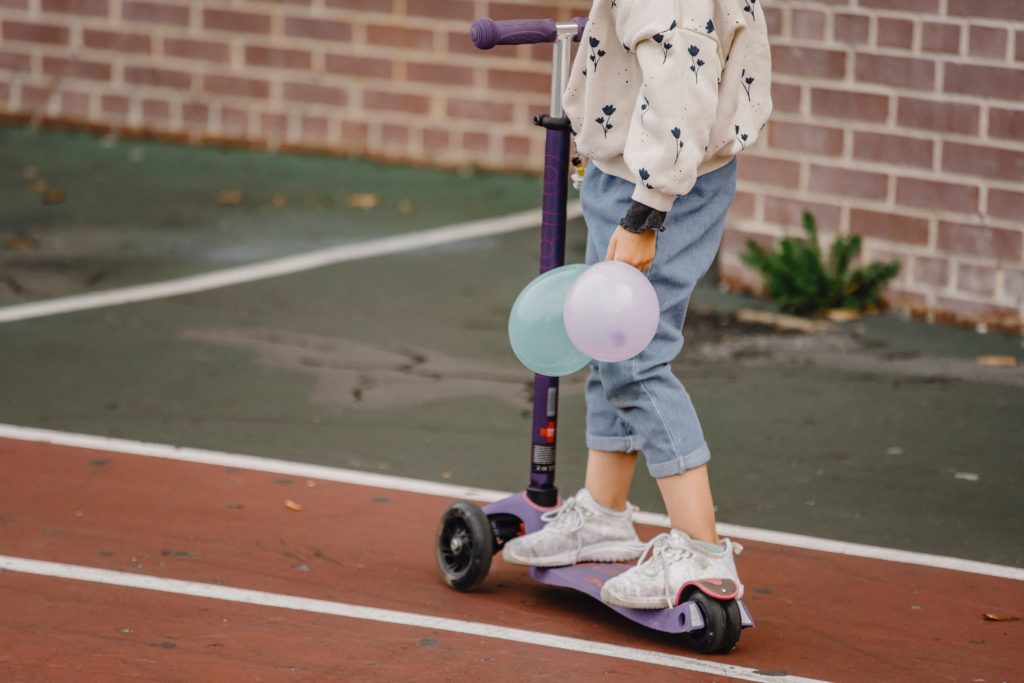
Three-Wheel Scooters are as the name implies, scooters that have three wheels. Of course, there is more to it than that, because there are many different kinds of scooters with three wheels. Three-Wheel Kick Scooters are generally a perfect option for young children.
Three wheels add a level of stability to the scooter, making it a safer option. Nowadays, you’ll be able to find Three-Wheel Kick Scooters for older kids as well.
Pro: Stable, especially for younger kids who haven’t fully developed balance and coordination skills.
Con: Not well-suited for rougher terrain.
Price Range: $30-$150
Flicker Scooter
Another kind of scooter that has three wheels is known as the Flicker Scooter Or Scissor Scooter. These scooters don’t necessarily fit the general mold.
There are 3 wheels, but two footplates. How you ride them is by placing one foot on each footplate and then either moving your legs in and out or using your hips to shimmy your body from side to side (think inline skating), propelling the scooter forward.
Of course, you could decide to use it as a traditional Kick Scooter as well, by simply using one foot to push off while keeping the other on a footplate.
Pro: They are versatile and fun, with three means of riding them.
Con: Don’t perform well going uphill.
Price Range: $70-$150
Stunt Scooters
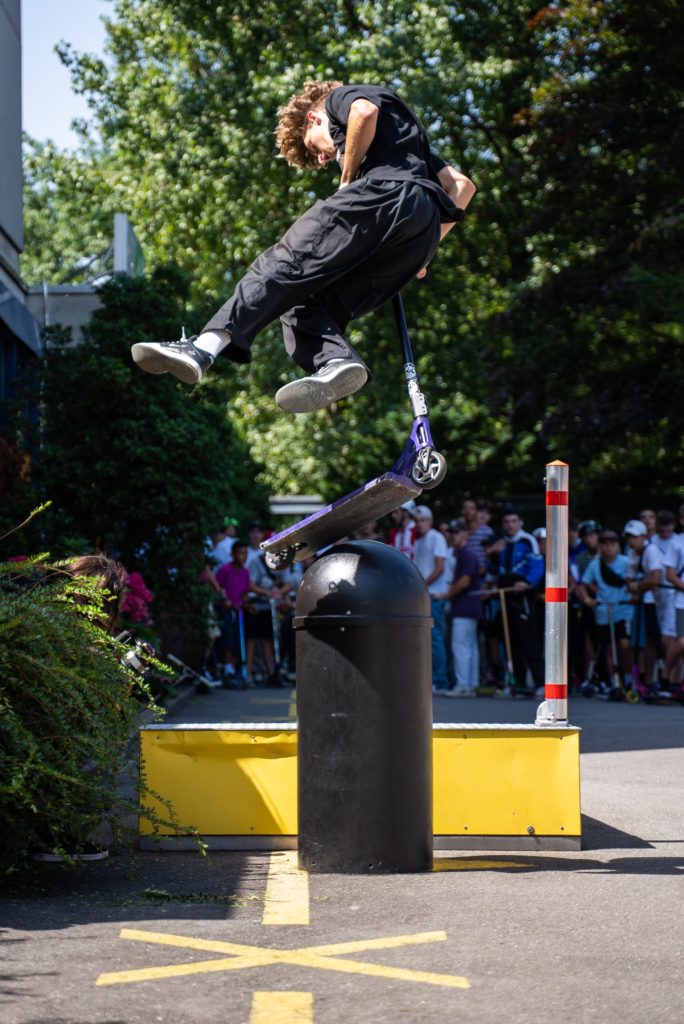
When buying a scooter, you might be looking for something less practical and more fun. Stunt Scooters are perfect for tricks, jumps and skate park antics. Not only are they lightweight, giving the rider more control, but they are designed to take a beating and withstand the force required to make some crazy landings.
Since they are both lightweight and strong, Stunt Scooters tend to be made of expensive materials, putting them at a higher price bracket than your traditional kick scooter.
And while Stunt Scooters are more fluid and easy to move around, they do come with the disadvantage of never being foldable or height adjustable. The reason behind it is that a folding or height-adjustable handlebar would weaken certain points of the scooter, making it less durable on the inevitable impact that will be placed on it from performing tricks.
Pro: Durably and lightweight.
Con: Handlebars are not height adjustable or foldable.
Price Range: $70-$200
Further information
Foldable Scooters
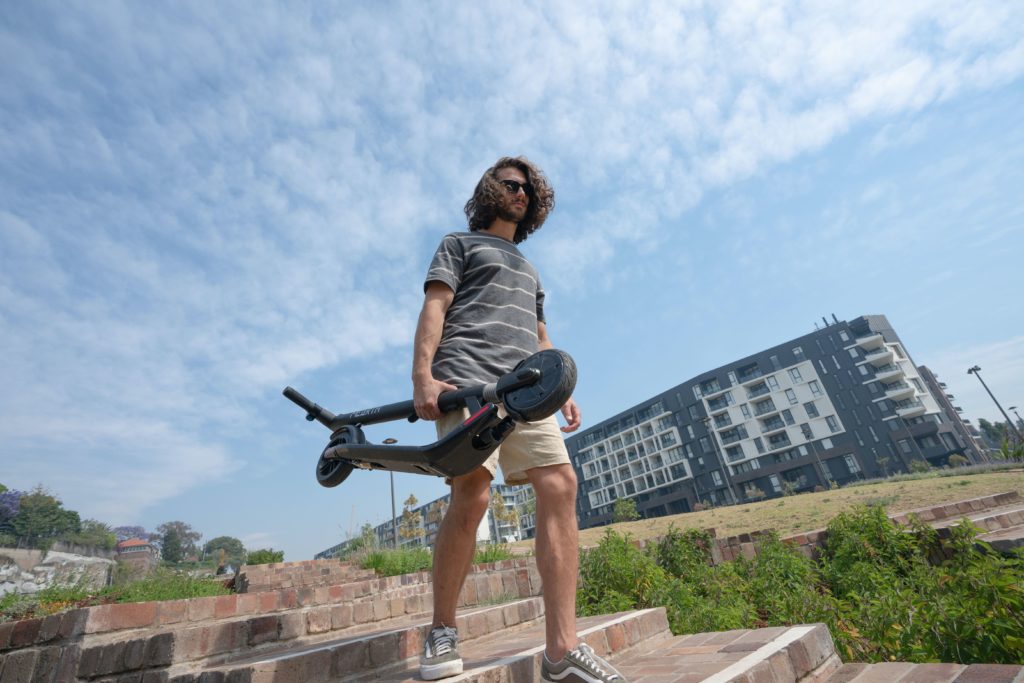
On the other side of that coin are Foldable Scooters. If you need something more compact, taking up less space and convenient for transporting and storage, then you might want to consider buying a foldable scooter.
Foldable Scooters don’t take up much space and are great for taking with you here and there. But as mentioned earlier, Foldable Scooters won’t be able to take the heat of jumps or tricks in a skatepark.
Pro: Compact, transportable, and storable.
Con: Not suitable for jumps and tricks.
Price Range: $70-$170
Dirt Scooters
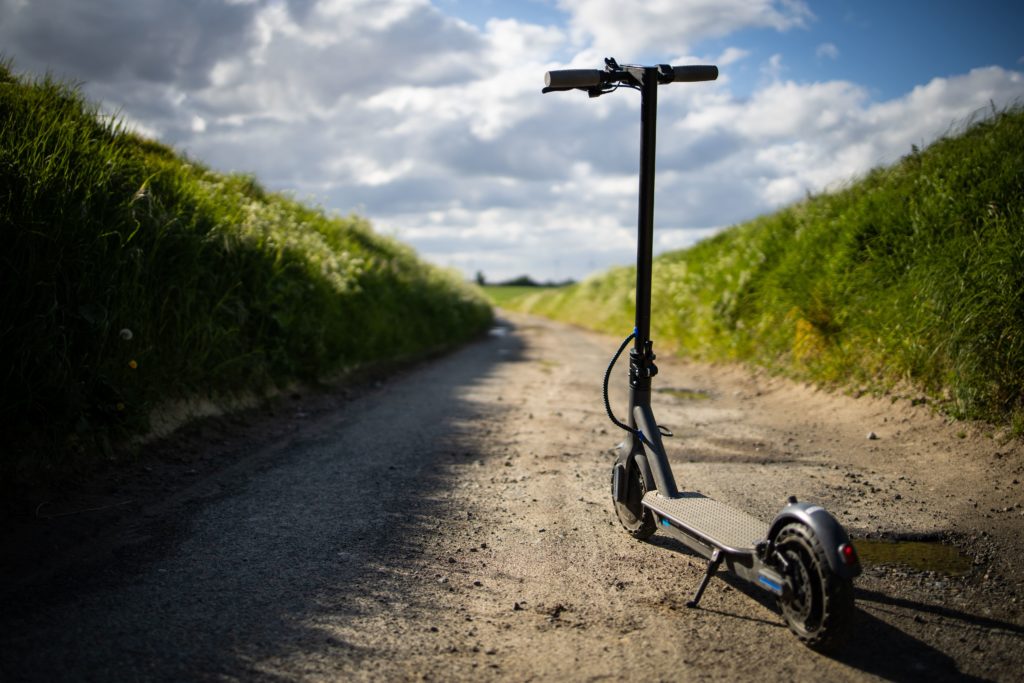
Dirt Scooters are tough and durable and made to be used on dirt tracks, like BMX tracks, for example. They are designed to be strong enough to withstand the bumps and jumps that come from any kind of off-road experience.
These off-roading scooters can sometimes also be made for doing tricks, but not in the same way that Stunt Scooters can do jumps and flips, as they are much more heavy and difficult to maneuver.
Pro: Tough and strong.
Con: Extremely heavy.
Price Range: $1120-$200
Space Scooter
A Space Scooter has adjustable handlebars which can be folded, though it’s a bit heavy thanks to all of the parts and pieces involved. It’s best for flat and smooth surfaces, like many Kick Scooters, but what makes this particular scooter unique is the way it is propelled forward.
In fact, it works a bit like a pump or pedal. You stand on the footplate with both feet (one in front of the other) and alternate your weight from the front foot to the back one. By shifting your weight between your feet you pump the pedal and create momentum to push the scooter forward.
You could also opt to ride it as a traditional Kick Scooter, but the pump is what really sets it apart.
These scooters are great for getting from place to place but aren’t meant for tricks, and riding uphill can be a bit of a struggle. When buying a scooter, it’s important to think about where you will be using it the most.
Pro: Fun and unique.
Con: Heavy and requires a bit of maintenance.
Price Range: $40-$150
Big Wheel Scooter
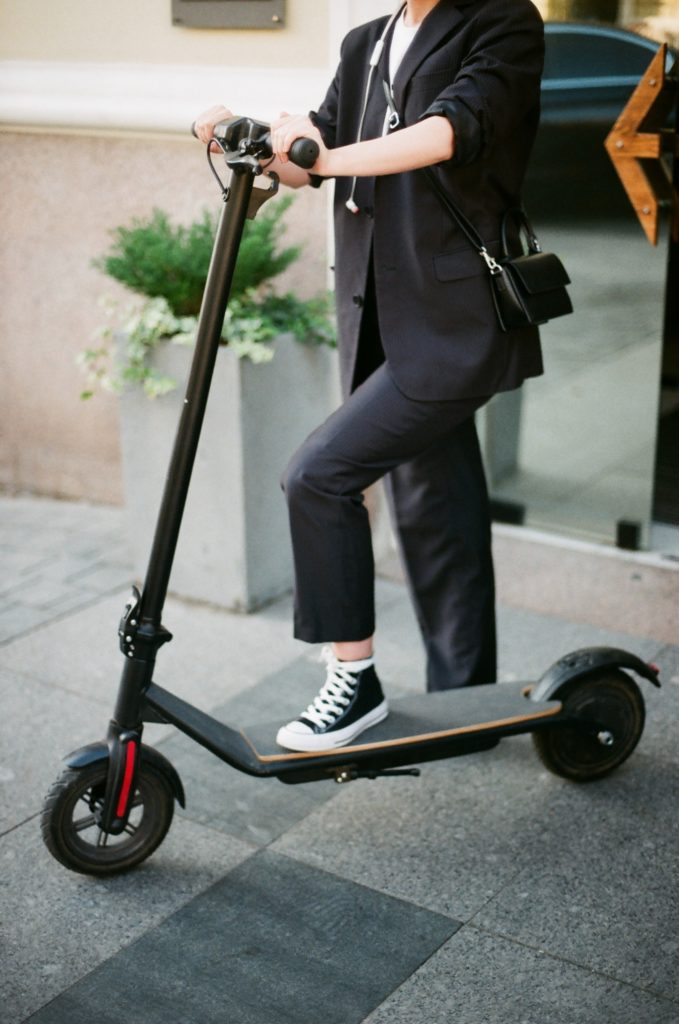
The name says it all, Big Wheel Scooters have, well, big wheels. This means any scooter with wheels bigger than 4.8 inches. The advantage of having a Big Wheel Scooter is that it will be able to handle higher speeds and cover longer distances with much less effort.
Basically, the bigger the wheel, the faster you’ll go, and the fewer times you’ll have to actually kick off.
That’s why this option is popular among those who want to use their scooter to commute. Of course, bigger wheels come at the cost of a heavier scooter.
Pro: Covers a longer distance per push.
Con: Larger and heavier to carry around.
Price Range: $70-$250
Features to Factor
Now that we have a basic understanding of what our options for Kick Scooters are, let’s take a look at specific factors to take into consideration when hunting down your personal match. When buying a scooter, you might want to have a piece of paper with you where you have your preferences listed. Here’s what to look for when buying a scooter:
How big are you? (Weight/Height)
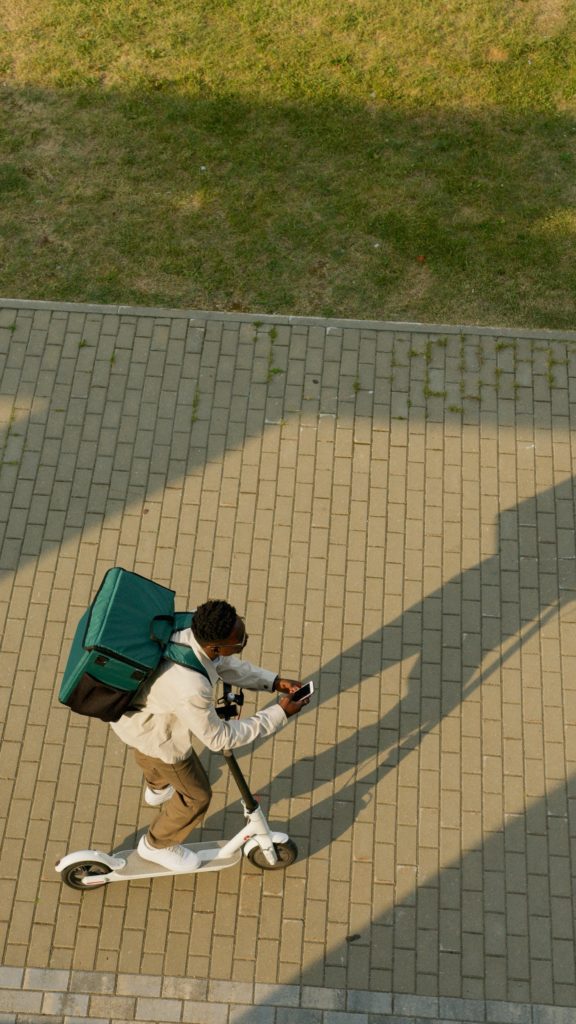
Some scooters can handle the weight of a tall man, others are better fitting for small children. Thanks to the rise in popularity of scooters, you are sure to find the one that fits your size perfectly.
Be sure to pay attention to the size of the scooter, if there are any weight limitations, if the handlebars can be adjusted or not etc.
If your weight surpasses the maximum loaded weight then you need to keep looking. When buying a scooter, make sure that the maximum load weight is more than your own weight and allow for some carried weight as well.
Big Wheels vs. Small Wheels
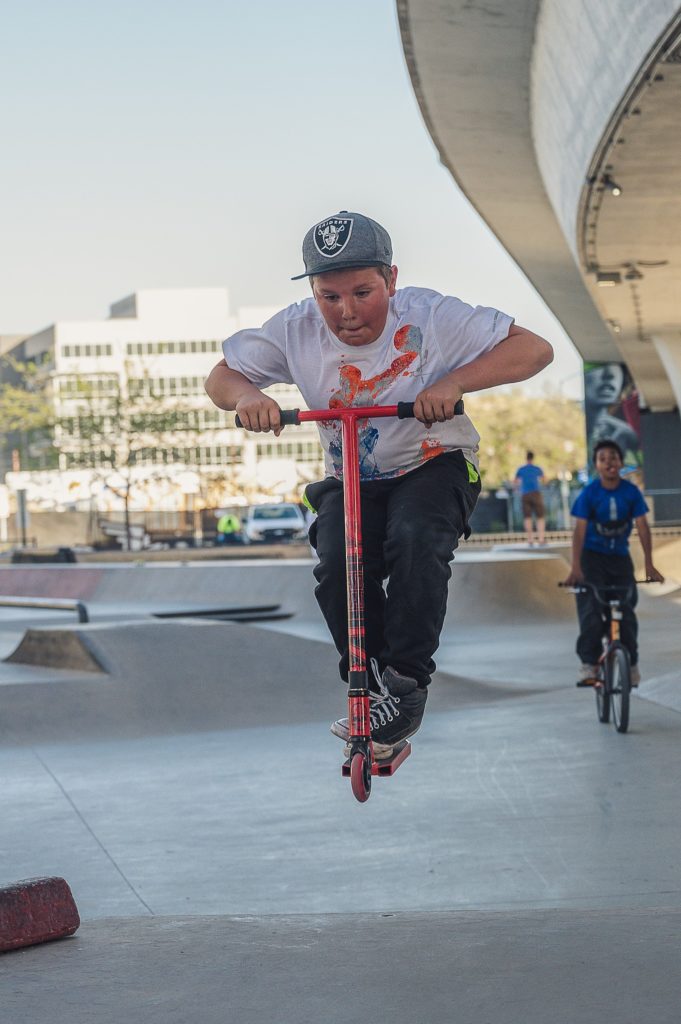
While earlier we mentioned how big wheels are great for gaining momentum with minimum effort, there’s more to it than that.
The size of your scooter’s wheel will determine factors like maneuverability, portability and how smooth your ride is. The smaller the wheels, the more maneuverable they’ll be. Plus, there’s the added benefit of being able to weave your way around obstacles that come in your way, like bumps, stones and the stray person or animal.
Larger wheels will give you a smoother ride though, and you’ll be able to overcome snags like larger potholes, curbs and cobblestones. The better shock absorption makes for higher speeds.
Wheel size also will determine how convenient it is for carrying around. For example, if you’re planning on short trips in the city or something outside of the city, then you can pick a larger wheeled scooter with an easy conscience.
If you plan on riding around within a city most of the time though, you might be better off with wheels that are either 16 inches or smaller. Even 12 inches or smaller if you plan on taking your scooter into public transportation with you and need to be able to pack it up in a bag or fit it in some tighter spaces.
Keep in mind that the smaller the wheels are, the more vibrations you’re likely to feel, which can get super uncomfortable when going on longer rides.
Solid Wheels vs Inflatable Tires
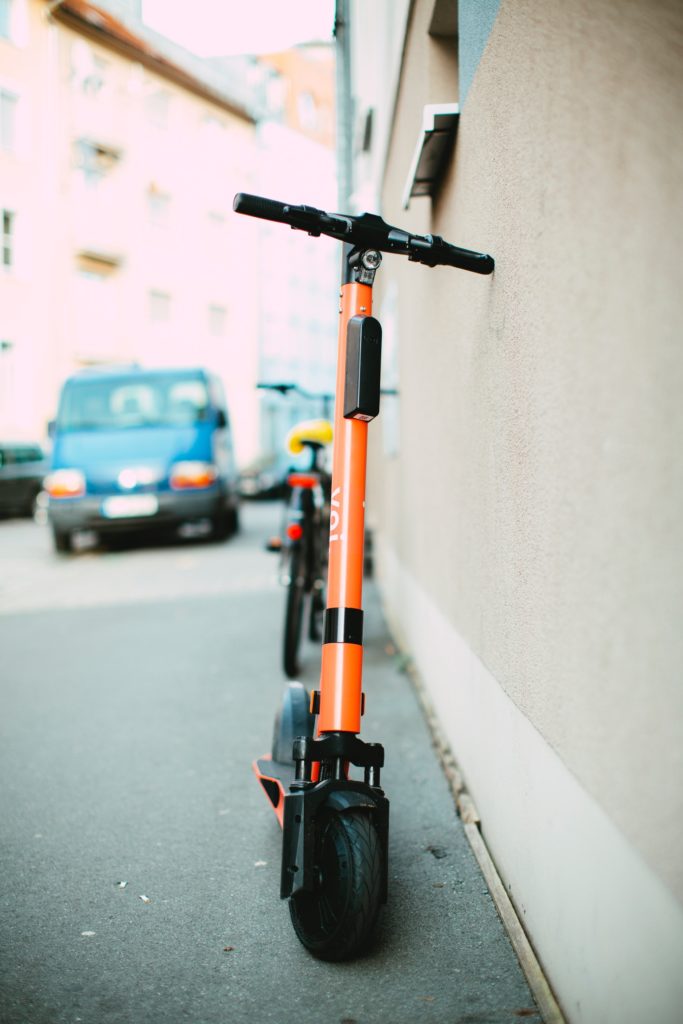
Most Kick Scooters have wheels that are made of plastic core embedded into polyurethane thread. This is the kind of material used in in-line skates, skateboards, and roller skates and it makes sense for use in urban areas.
Not only is the material light, but it’s also wear-resistant, has a great rebound, and has a fairly good grip. That is, unless, we are talking about making turns on wet surfaces. Here, it doesn’t particularly excel.
Rubber inflatable tires give you both more flexibility and stability. They also make for smoother rides and more speed.
Brake type
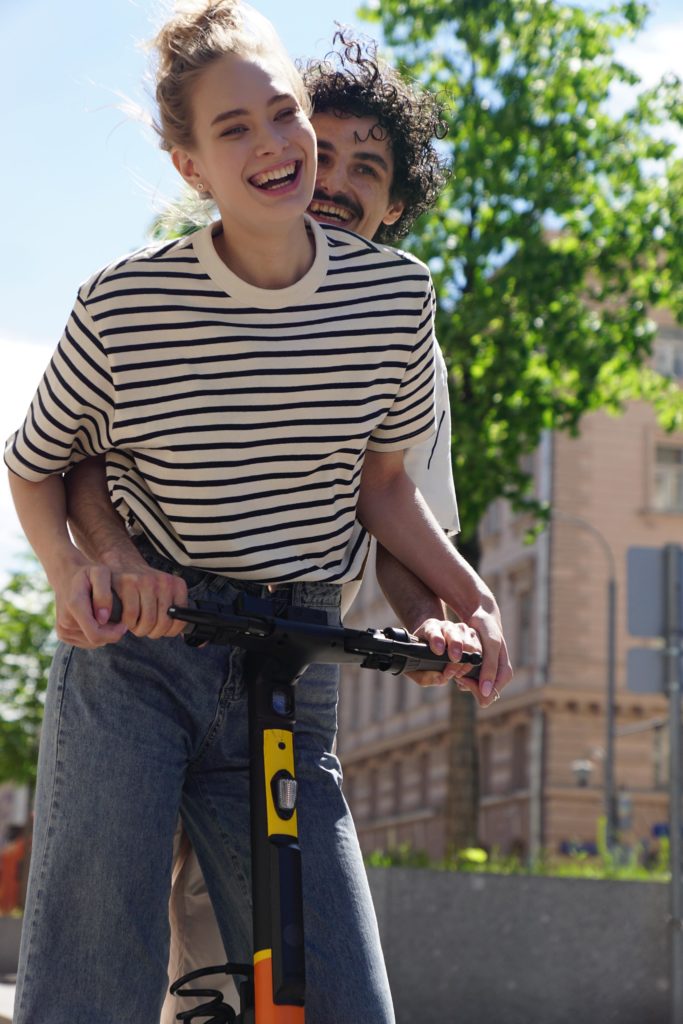
Different Kick Scooters have different brakes. The most common are Foot Brakes, V-Brakes and Disc Brakes.
Among the three, the Foot Brake is the least powerful. It’s located at the back of the footplate, right above the rear wheel. By pressing down on the Foot Brake, you’ll be able to slow down the scooter. This brake is most ideal for children, as a front brake could send the child hurdling forward if not used with caution.
The V-Brake is a much more powerful system that is similar to what you will find on a bike. This is a great option for commuting adults.
If you are going on some more high-speed journeys or downhill slopes, however, the Disc Brake is probably the one for you, as it’s the most powerful.
Bearings
Two bearings can be found at the center of each wheel on your scooter. The higher the bearing, the better the performance of the scooter. This is particularly true if you are looking to buy a scooter for an adult.
The higher the precision the lower the rolling resistance will be, which means that you’ll get a longer distance with every push.
Of course, better quality bearings make for better performance.
Deck Size
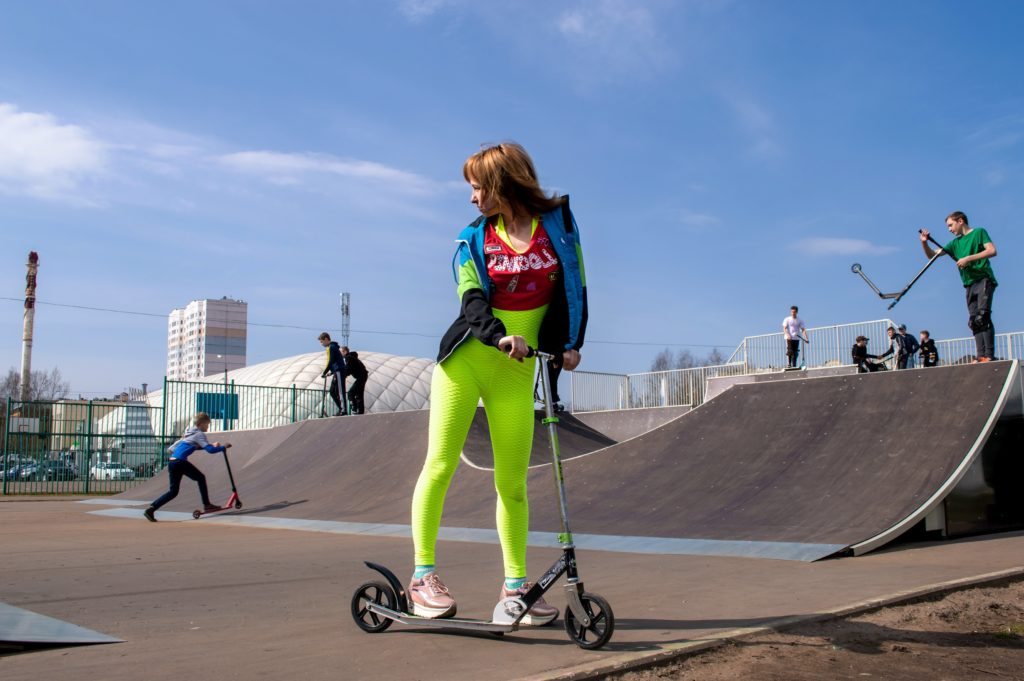
Deck sizes are usually proportionate to the size of the rider, taking the size of the wheels into consideration as well.
If the deck size is larger, then it will be easier to stand and balance on it, particularly when covering long distances. That’s why wider deck sizes are great for commuter scooters and street riding.
Larger deck sizes are great for comfort as well. But what it gains in terms of comfort, it loses in terms of weight, as they can be large, clunky and cumbersome to carry around.
And while a smaller deck size might not be as comfortable when you take them out on longer rides, they are much more suited to trick riding. They are easier to speed up and slow down and are a lot more portable than their larger deck counterparts.
One disadvantage, though, is that balancing can be more difficult on smaller deck sizes.
Deck Height
Another feature to take into account is the deck height or the distance between the surface of the deck to the ground. This also contributes to how comfortable adult scooters can be.
When a deck is lower, it is more comfortable for pushing because you won’t need to bend your knees as much when pushing the scooter.
A lower deck also makes for a more stable ride, since it has a lower center of gravity.
Lower decks do come with a risk though, as you are more likely to scratch and scrape the bottom of the scooter against the ground when you’re riding on some uneven surfaces or encountering a speed bump.
Bars

As a general rule of thumb, scooter bars should hit you right at your hip or waist when you are standing on the deck. Getting the right bars is important not only for comfort and balance but for performance as well.
If it’s too high, you might have a hard time keeping control of your scooter. If the bar of your scooter is too low, you’re going to be bent over and feeling pretty uncomfortable, especially if you’re using it as a commuter scooter.
If you are planning on doing some trick riding, though, smaller bars are your best bet.
What if you are trying to find a scooter that would work great for both commuting and for trick riding? Well, you should try to figure out which way you’ll be using your scooter the most and choose accordingly.
As for bar width, once again, as a rule, you should choose bars that are about the same width as your shoulders. If you are trying to focus on some more trick riding, you’ll want to opt for slightly more narrow bars.
Wider bars equal more stability and comfort, but narrower bars equal easier trick riding.
Finally, you can look into the diameter of the bar, and find the one that fits you best. These come in standard (1.10 inches) and oversized (1.25 inches) sizes, and are really simply a matter of preference.
Portability
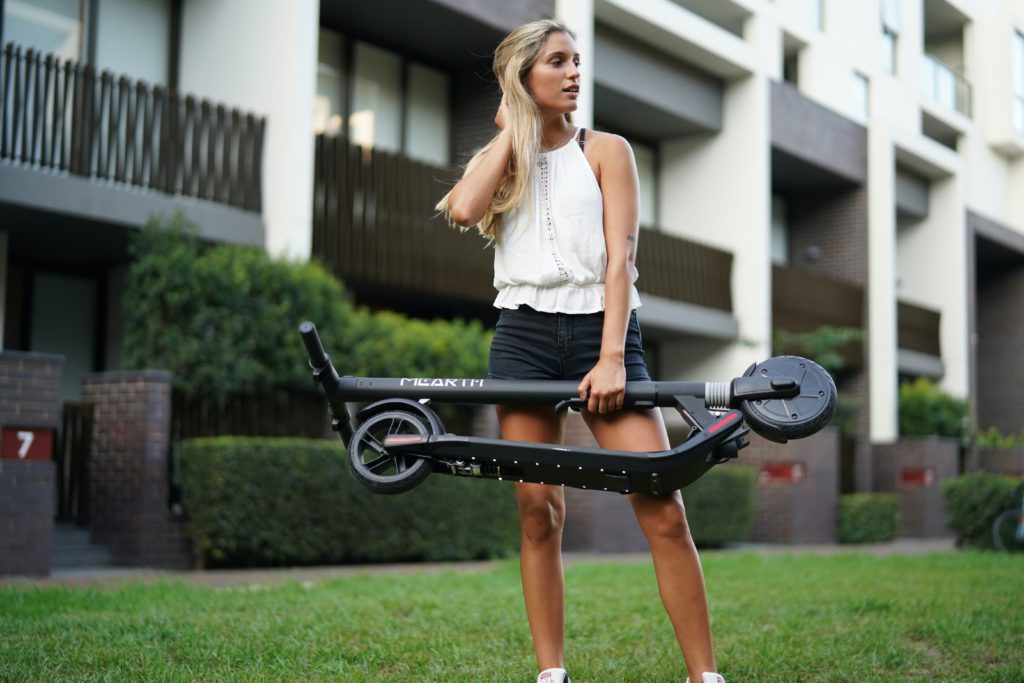
Portability is often a factor taken into account when buying the perfect scooter. Do you need something ultra-portable, that will fold up and fit in a bus, train, or car? Then a Foldable Scooter might be the better option for you.
But remember, trick scooters cannot fold, so once again, it really depends on what purpose you are choosing your scooter for.
Scooter Price Guide
Last but not least, you’ll be factoring in the price of the scooter into your consideration. By now it’s fairly clear that there are models for every age, body, and budget. If you are asking yourself, how much is a scooter? Here is a small scooter price guide to help you:
You can find decent scooters starting from $89 to over $1,000.
Understand that, for the most part, you will be sacrificing in quality when looking for something on the cheaper end of the spectrum, but you’re likely to find a fairly reasonable scooter starting at the $100 mark. Decide what your budget for buying a scooter is and prioritize certain features to find what fits.
So What Kind Of Scooter Should I Buy?
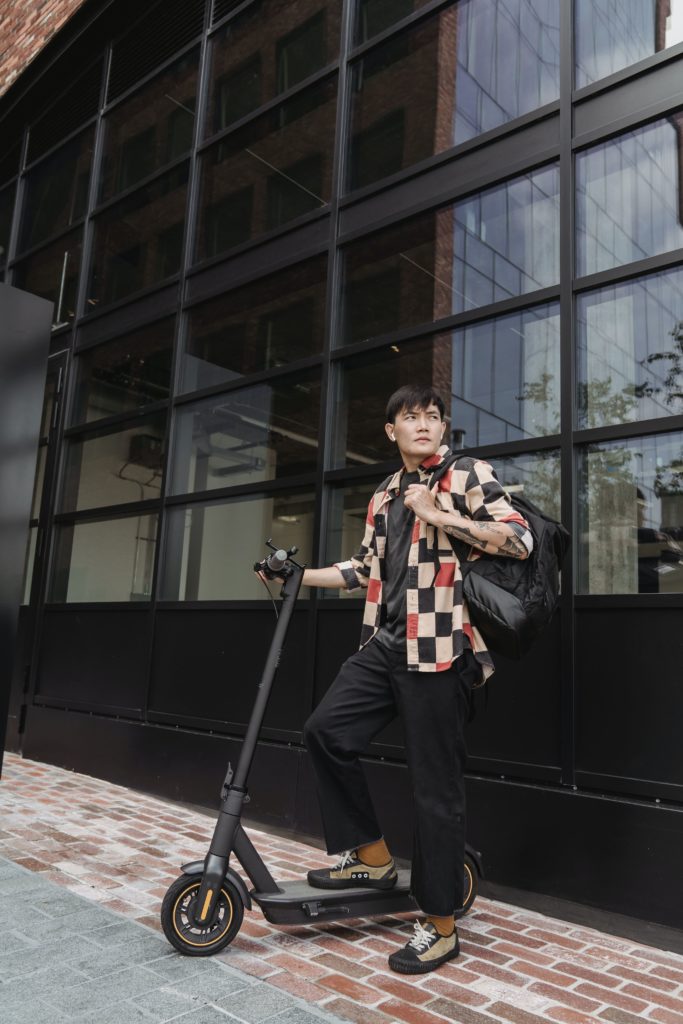
It really all depends on how you plan on using it. We hope this scooter buying guide was helpful in differentiating what to look for when buying a scooter, the kinds of scooters and features available and how they will fit your needs best.
When you’re faced with the decision of choosing between different scooters, things to ask yourself are what you find more important: convenience, comfort, or performance?
Are you looking for something lightweight and portable, or durable and comfortable for long daily commutes? Do you need to carry it around with you on public transportation, or will you be going shorter distances? Are you using it for commuting or are you planning on hitting the skate park and getting some massive air? Is speed important for you? What about maneuverability?
Finally, remember, you get what you pay for. If you want a scooter that will last you for years, then consider making a bit of an investment. Otherwise, just enjoy the experience that your brand-new scooter will bring you!

